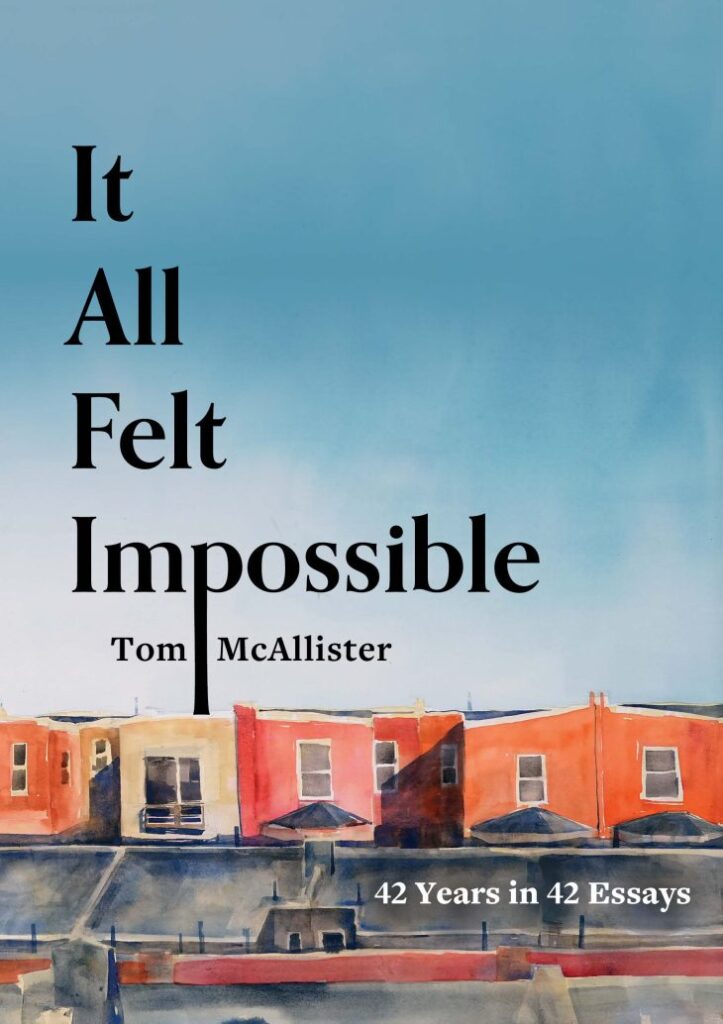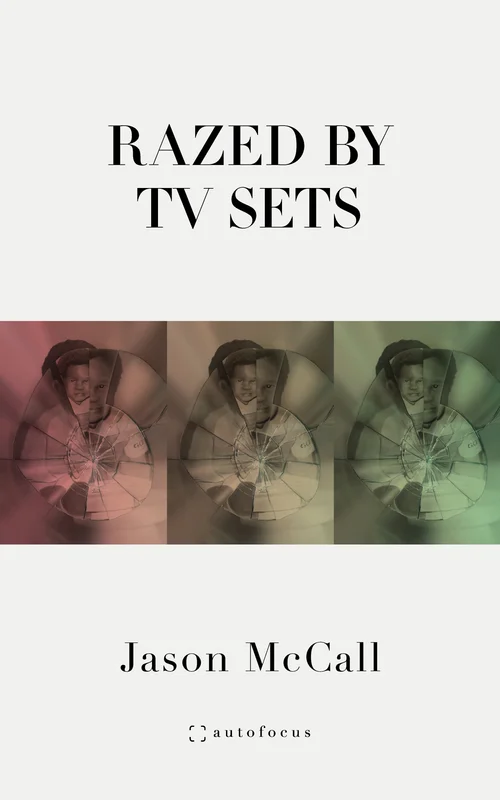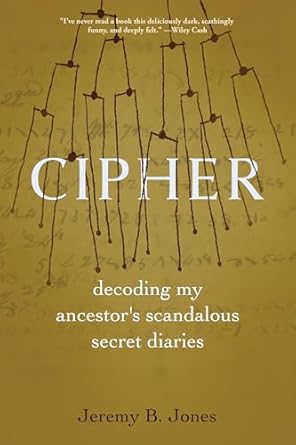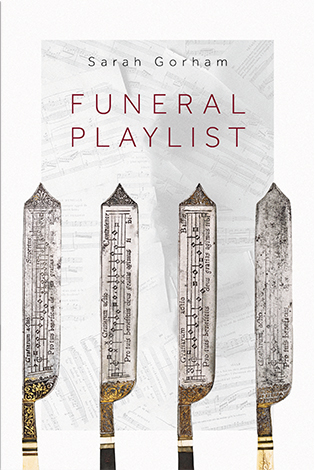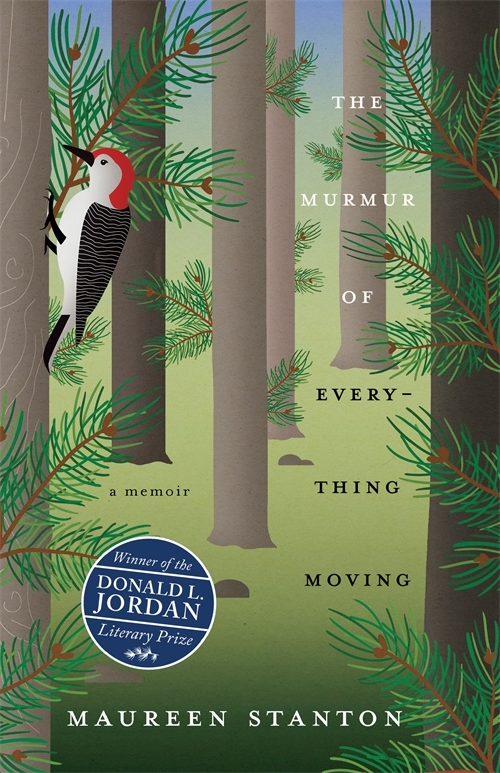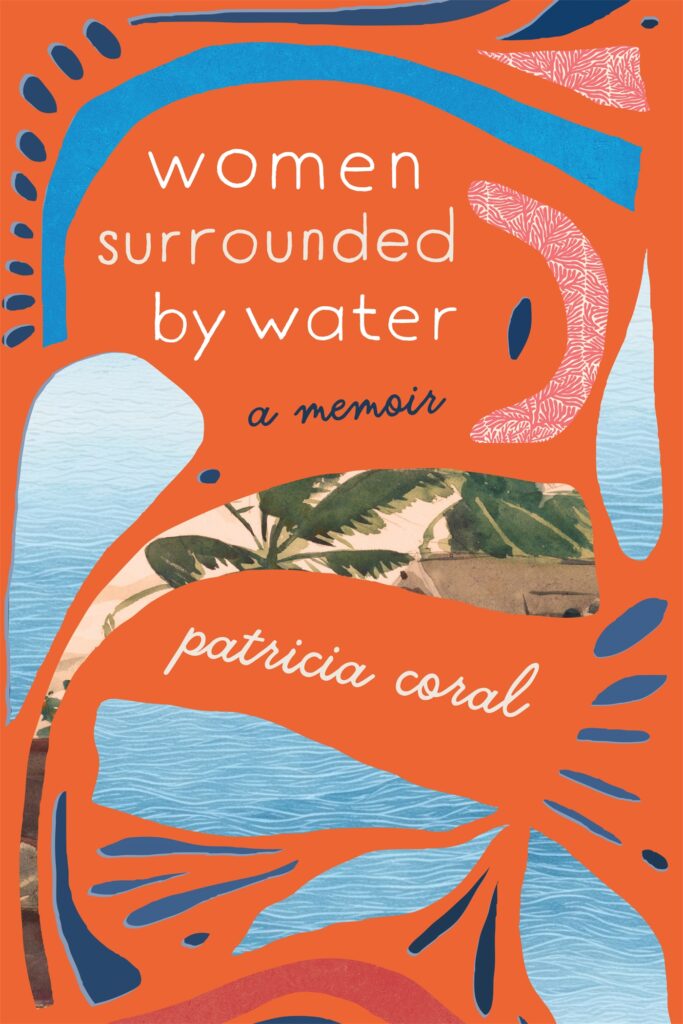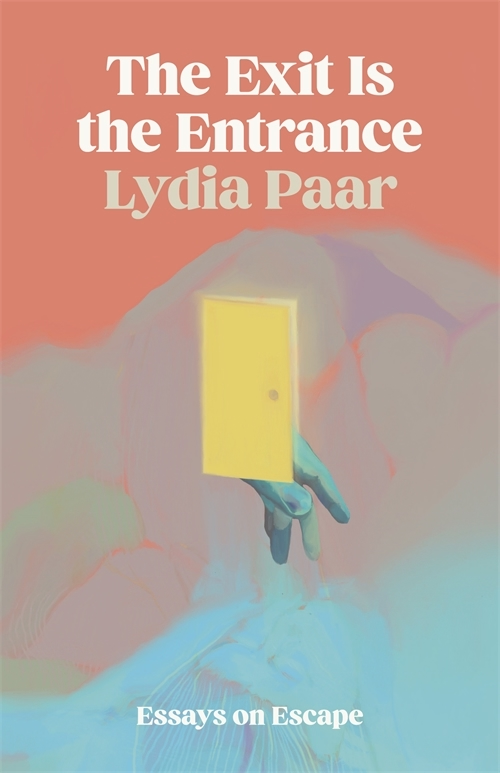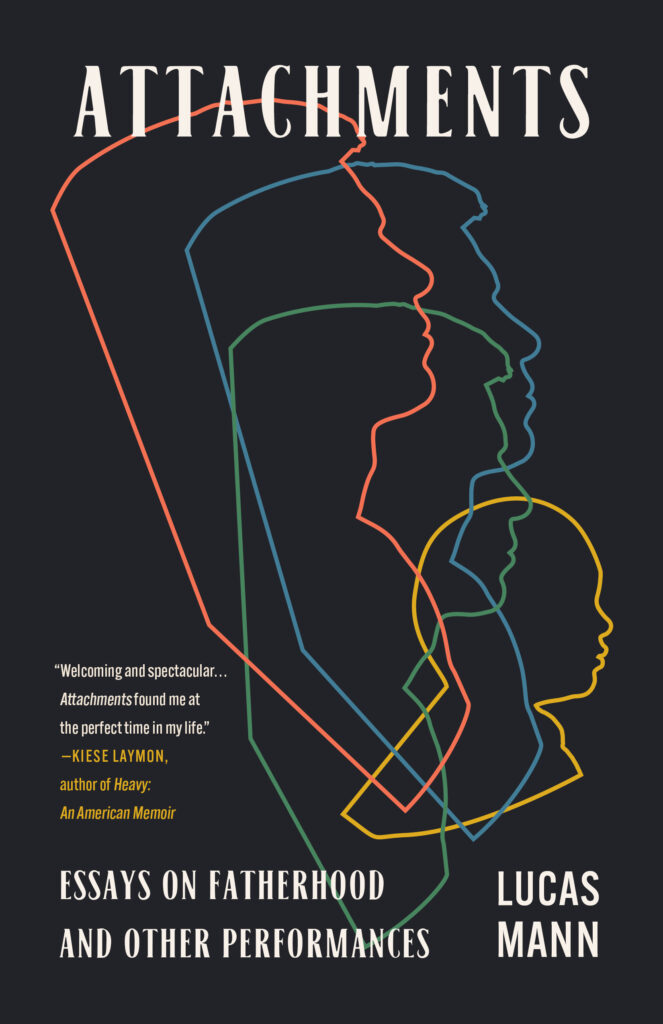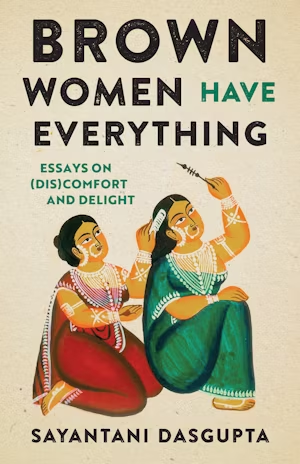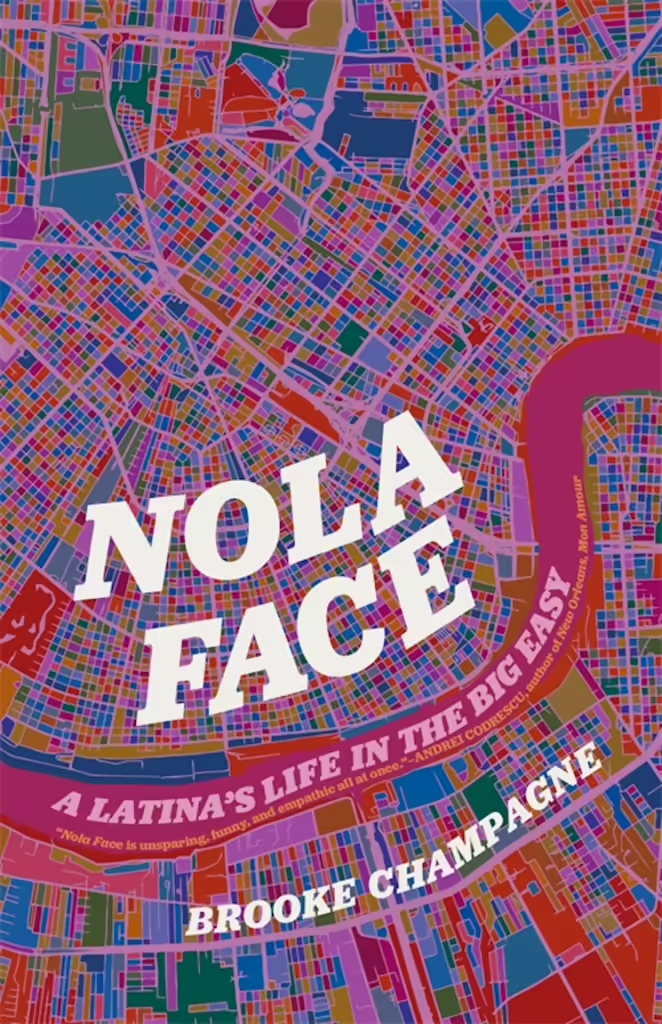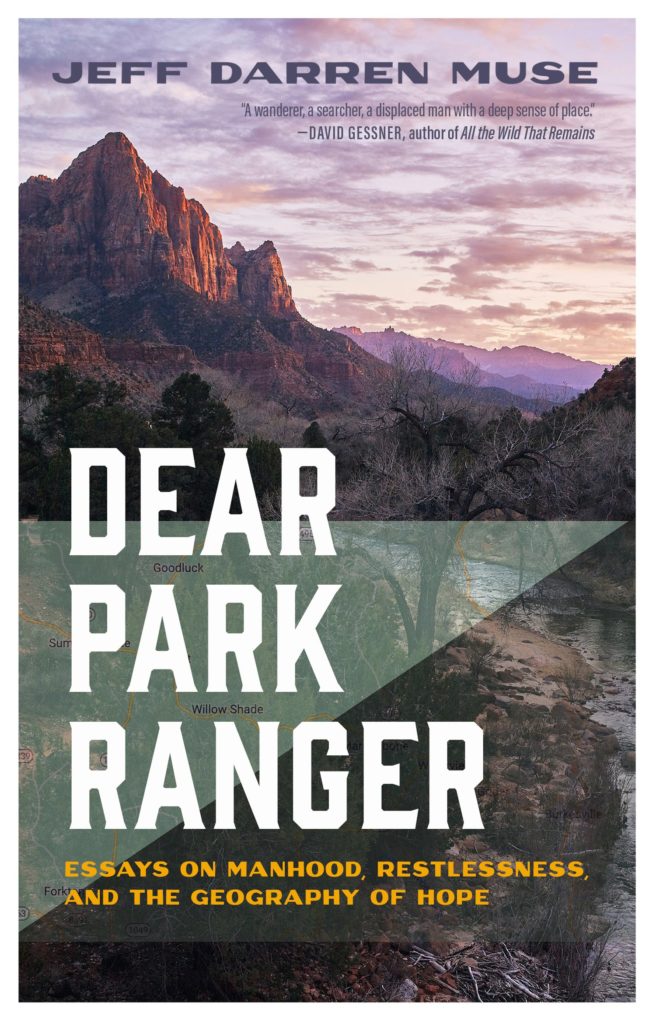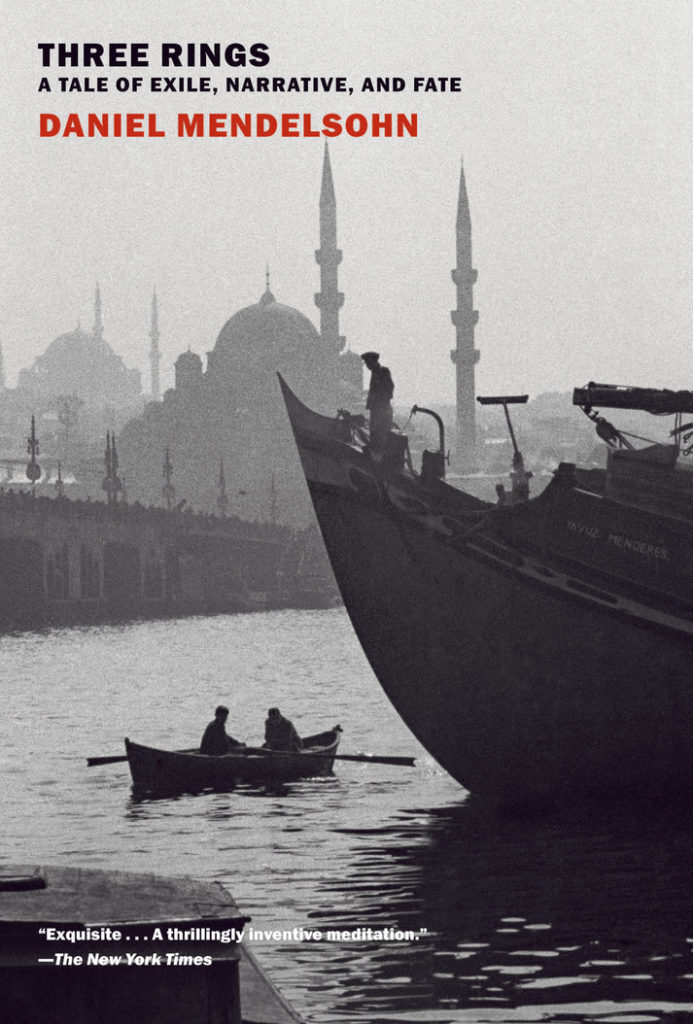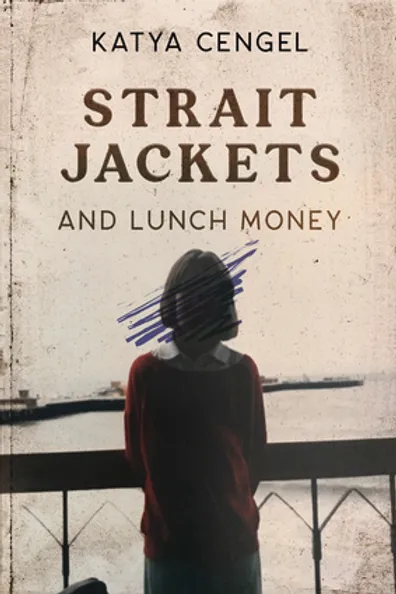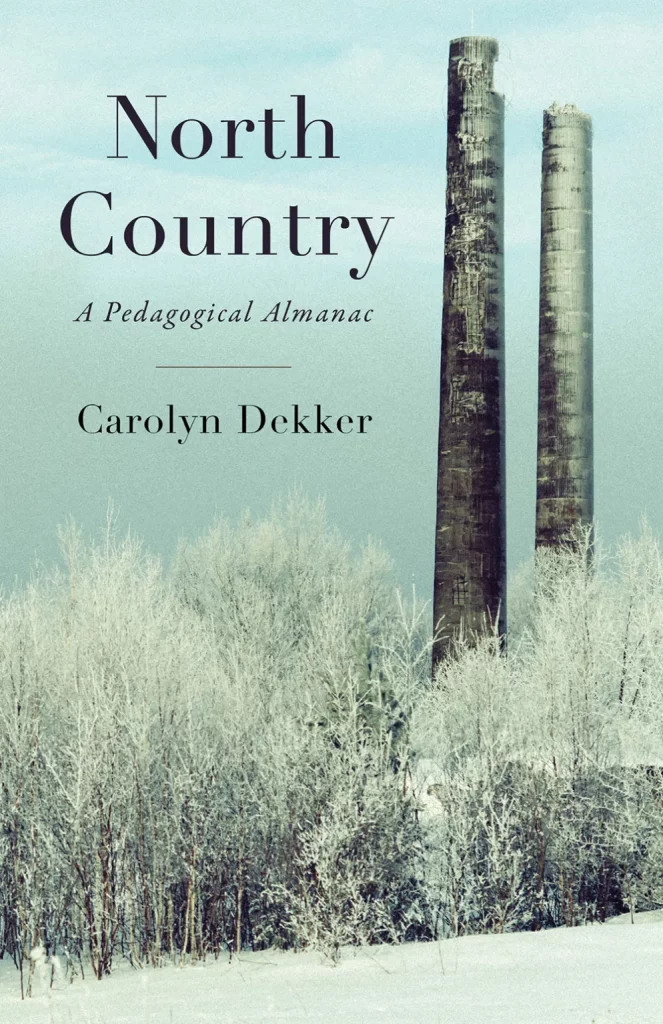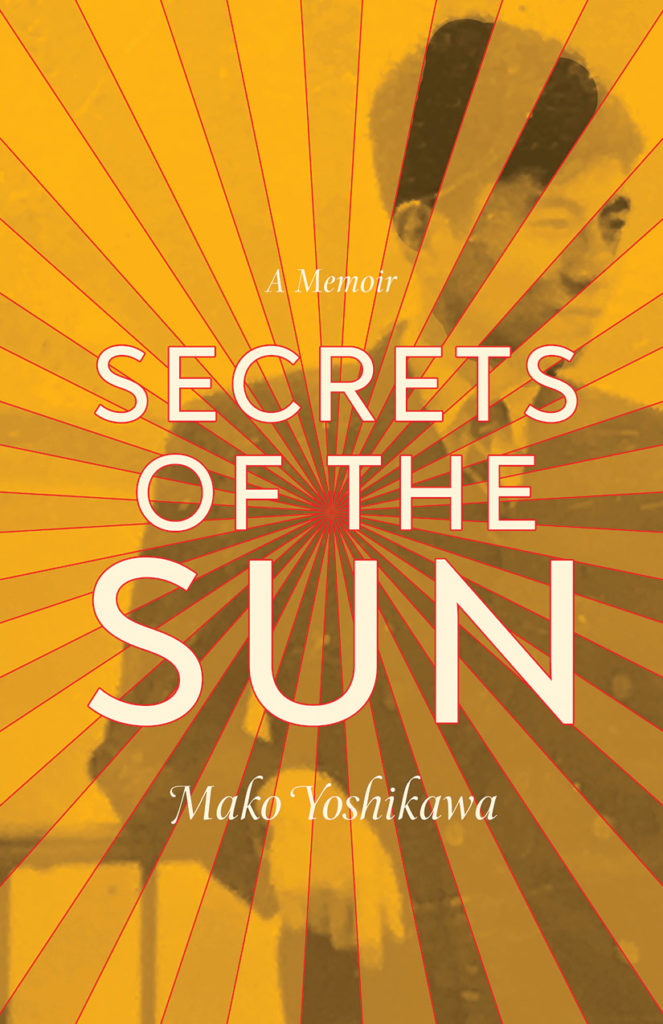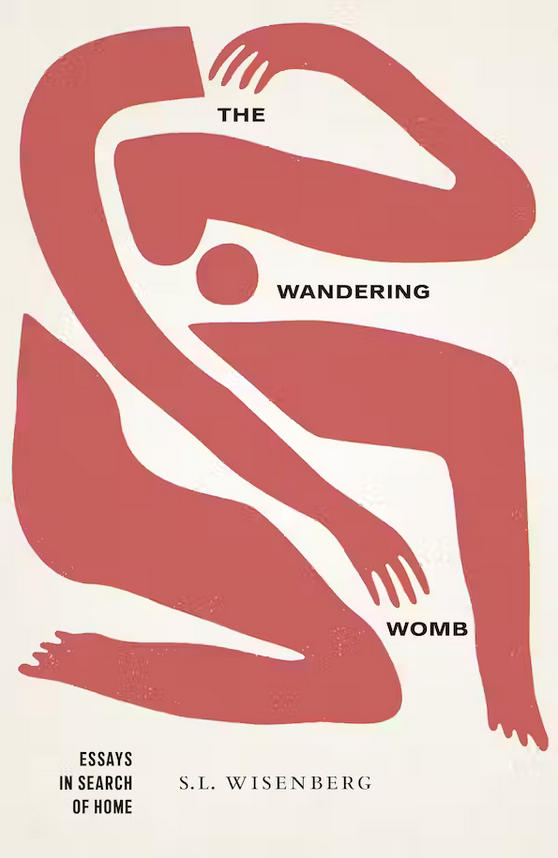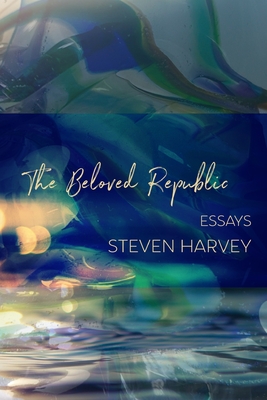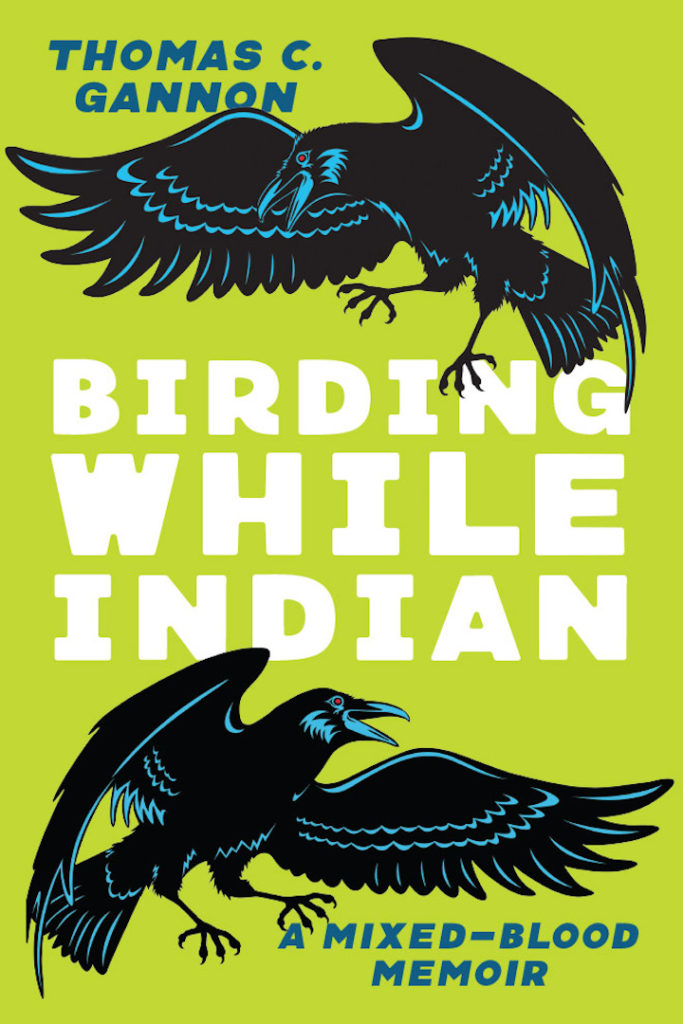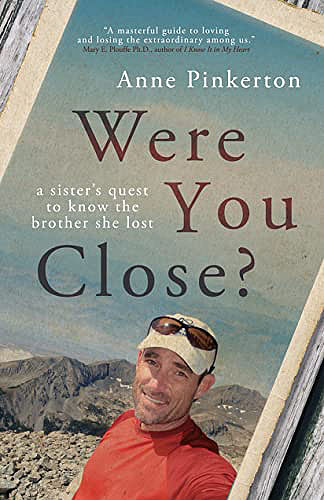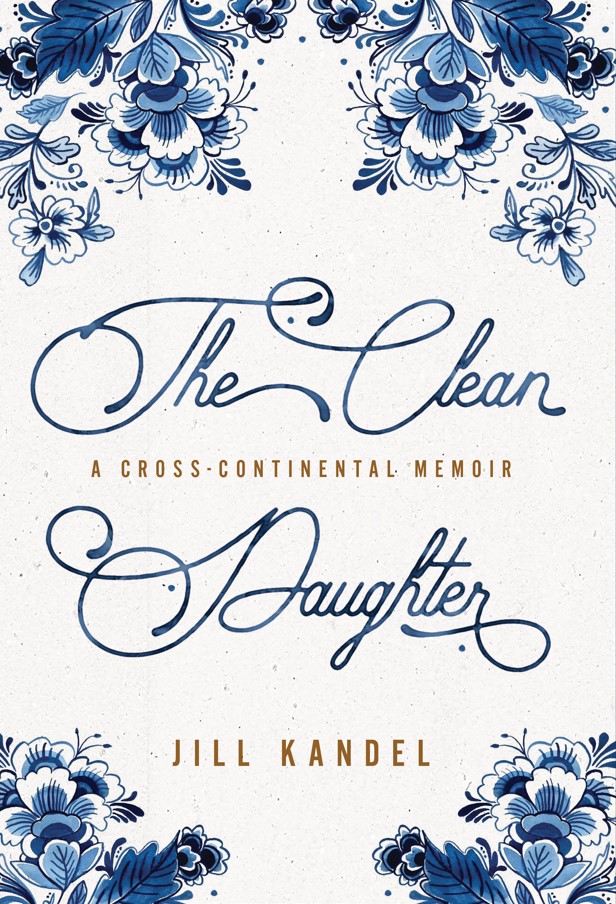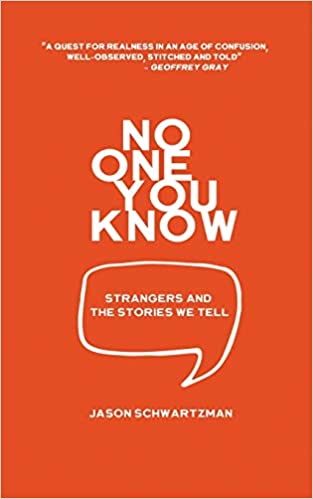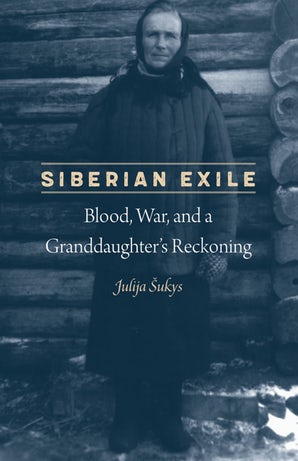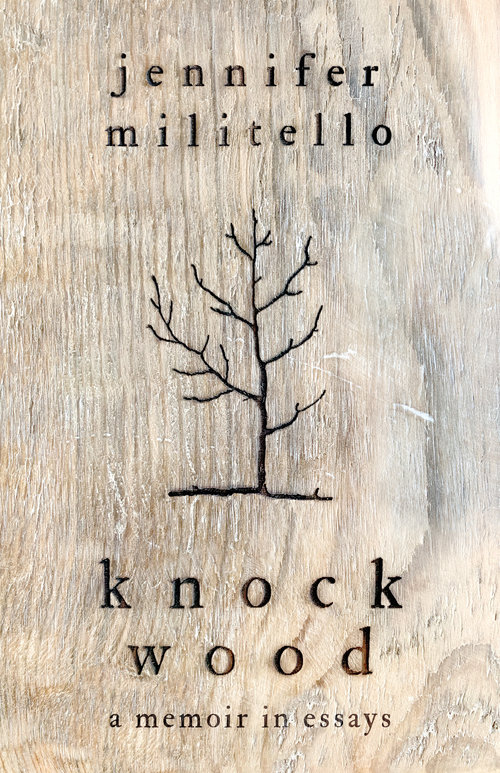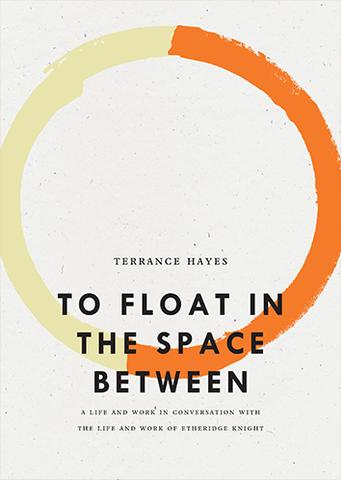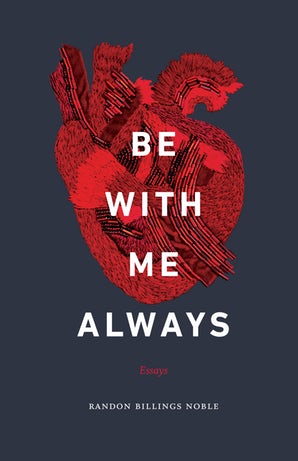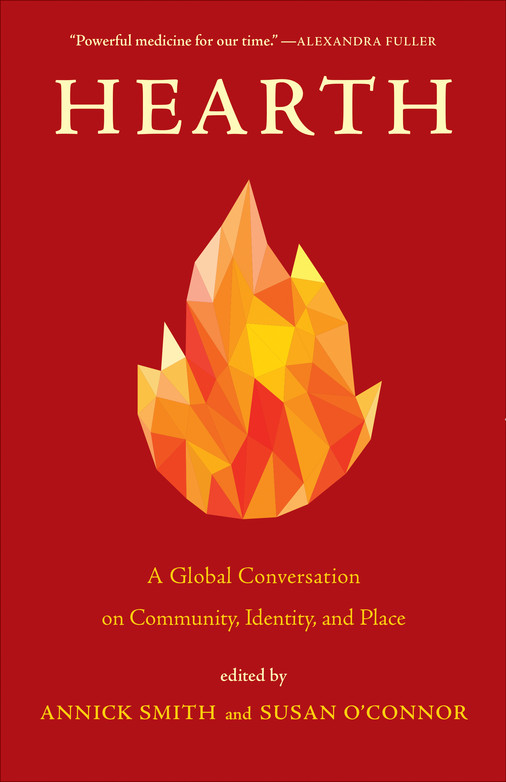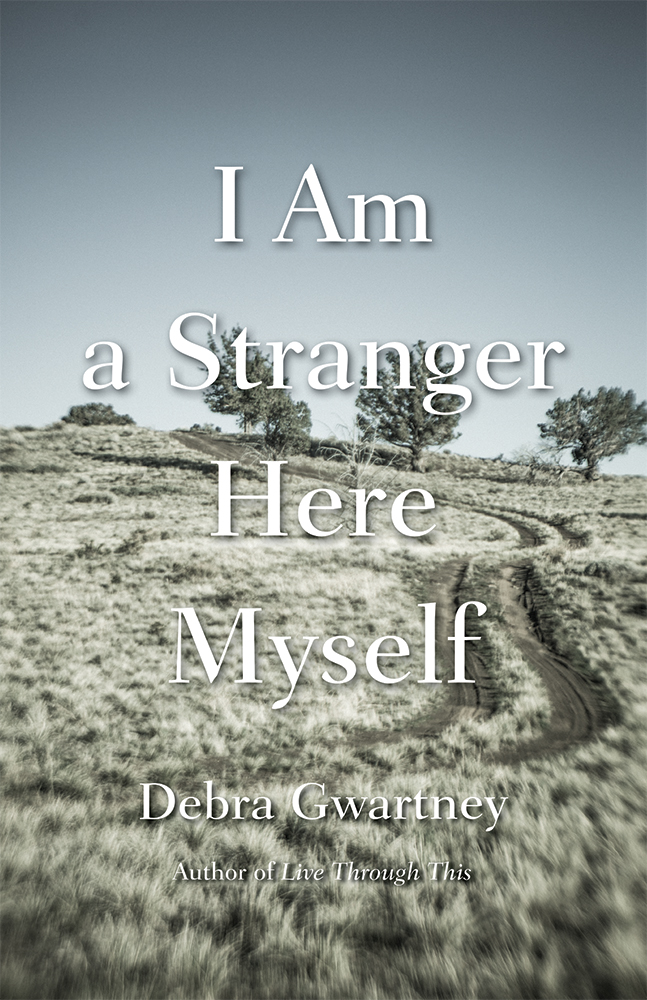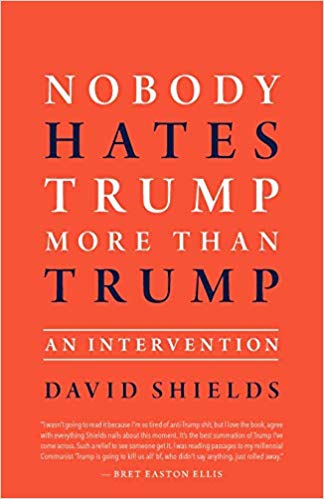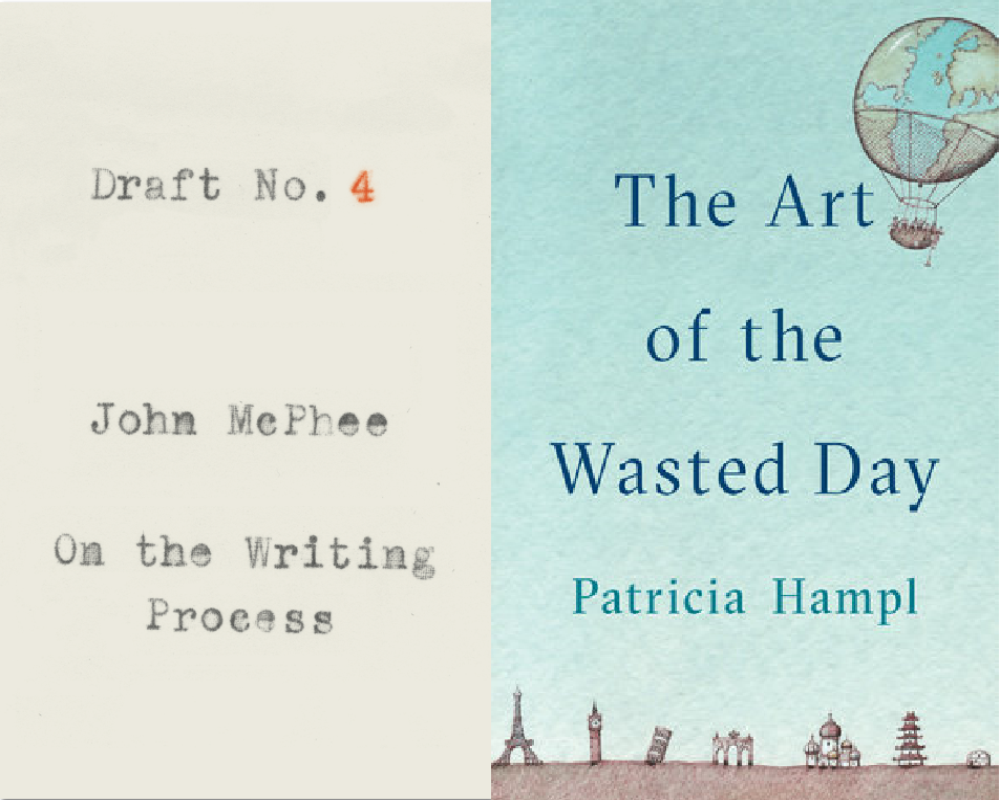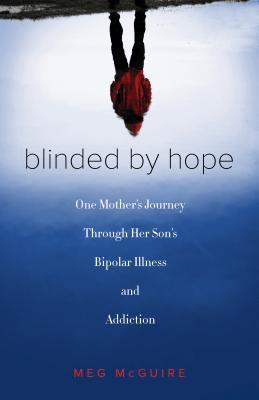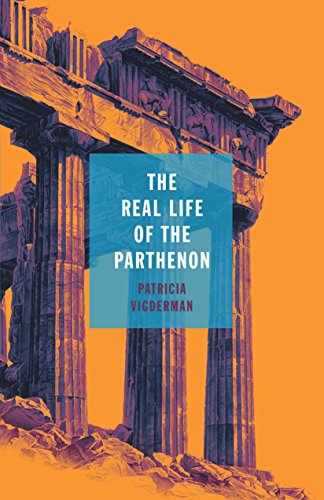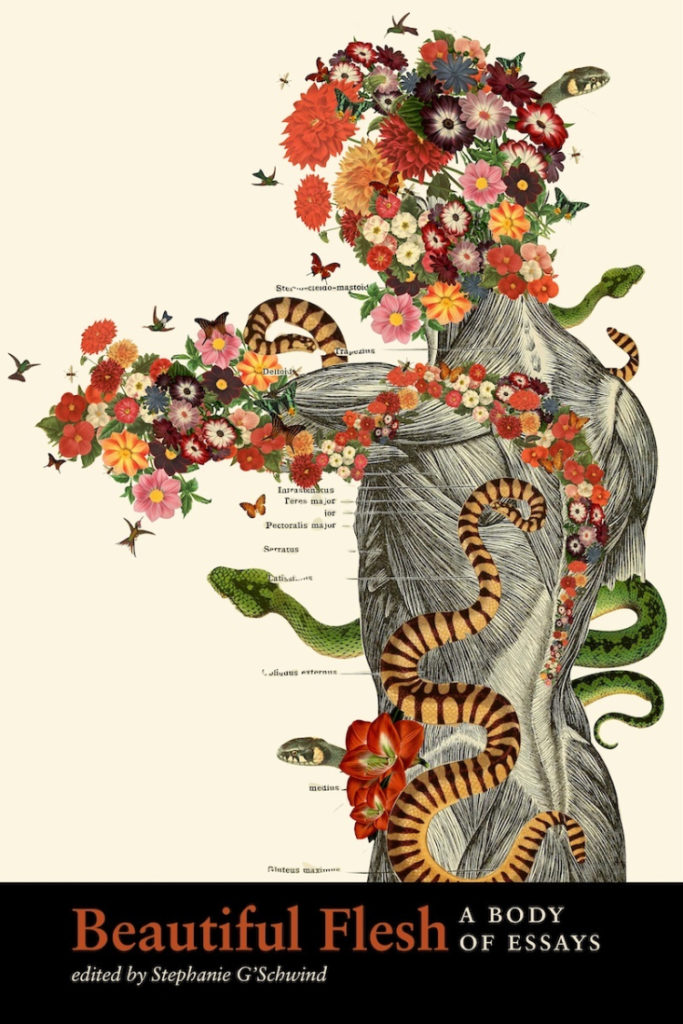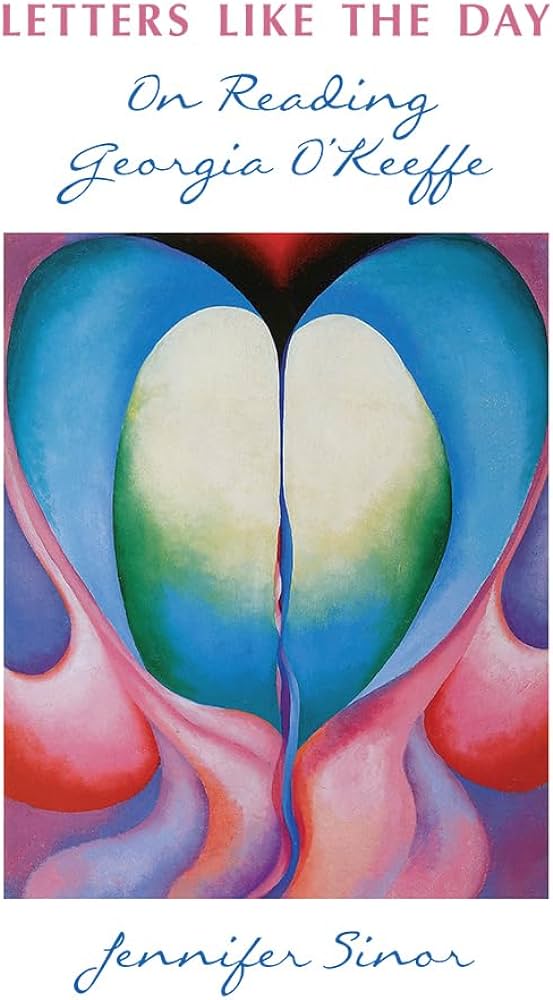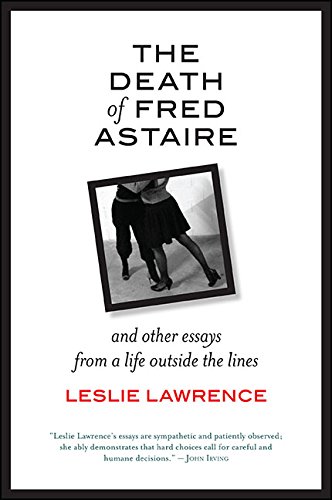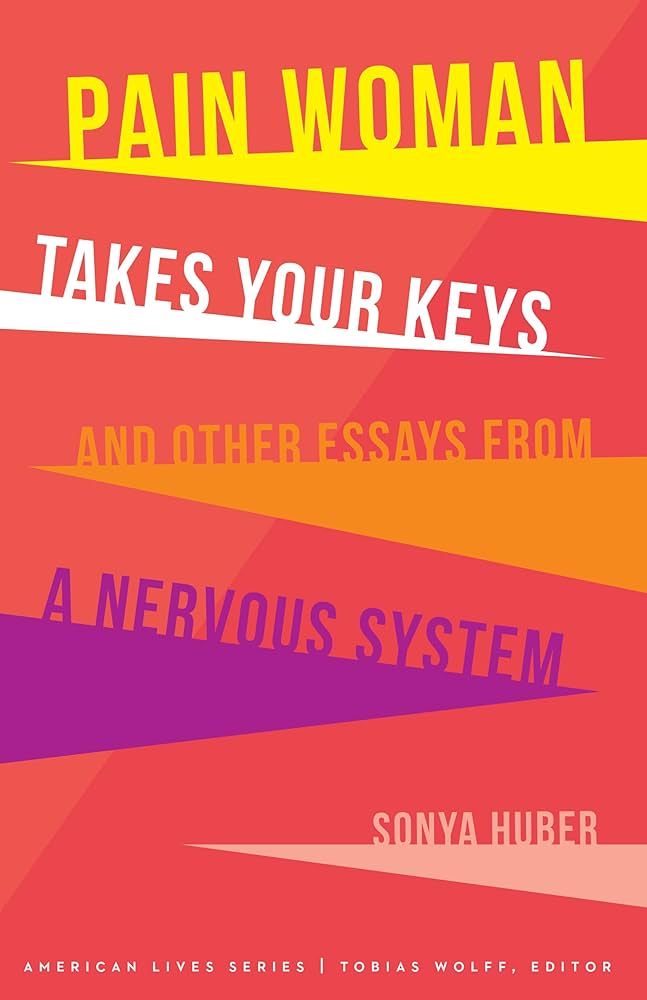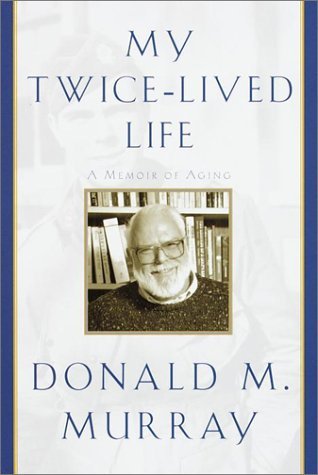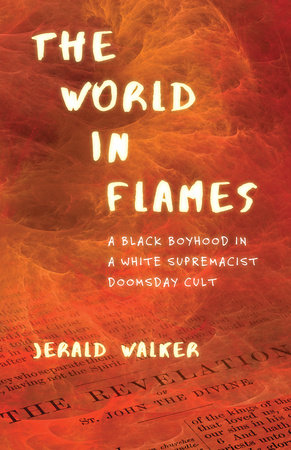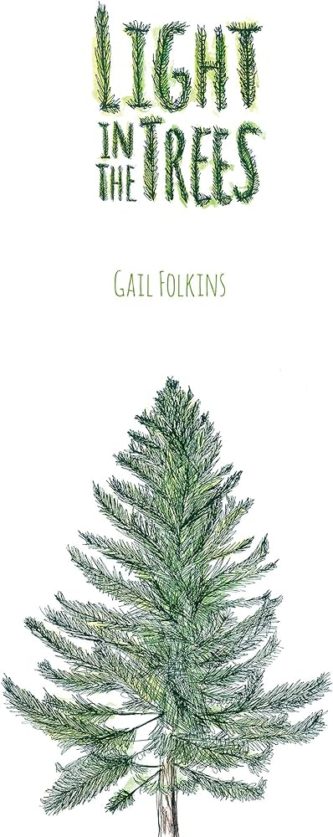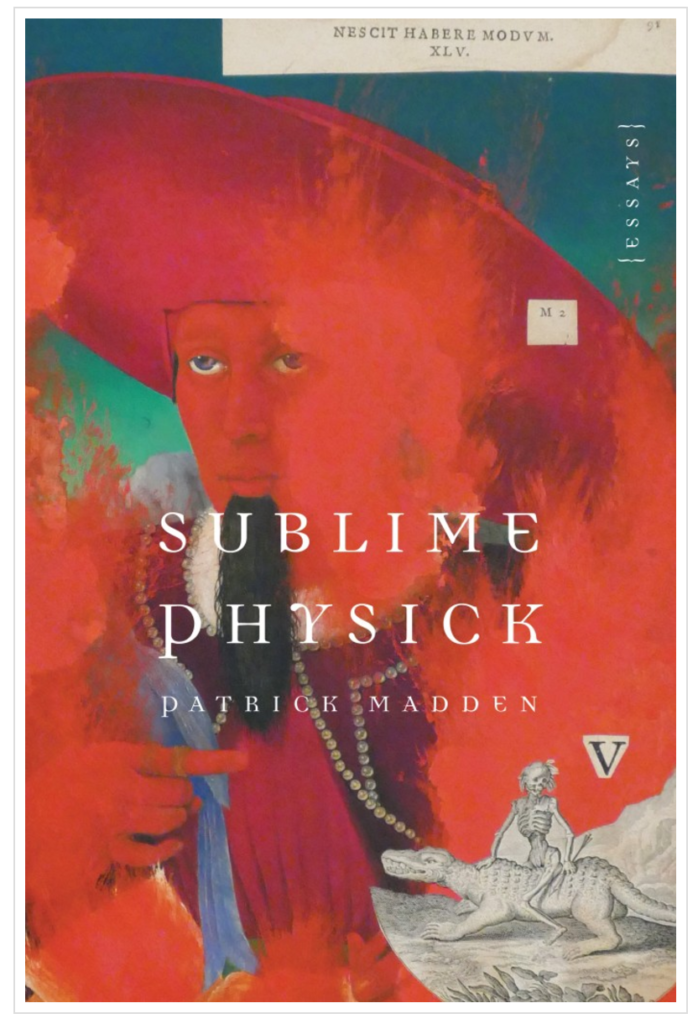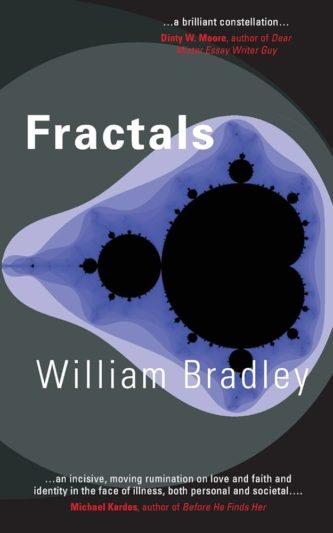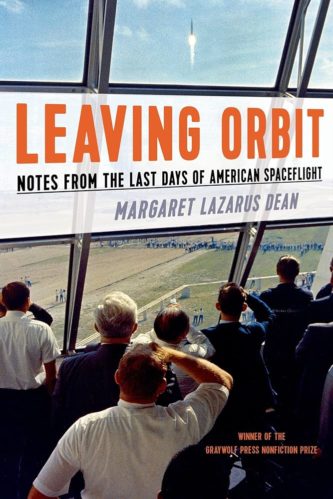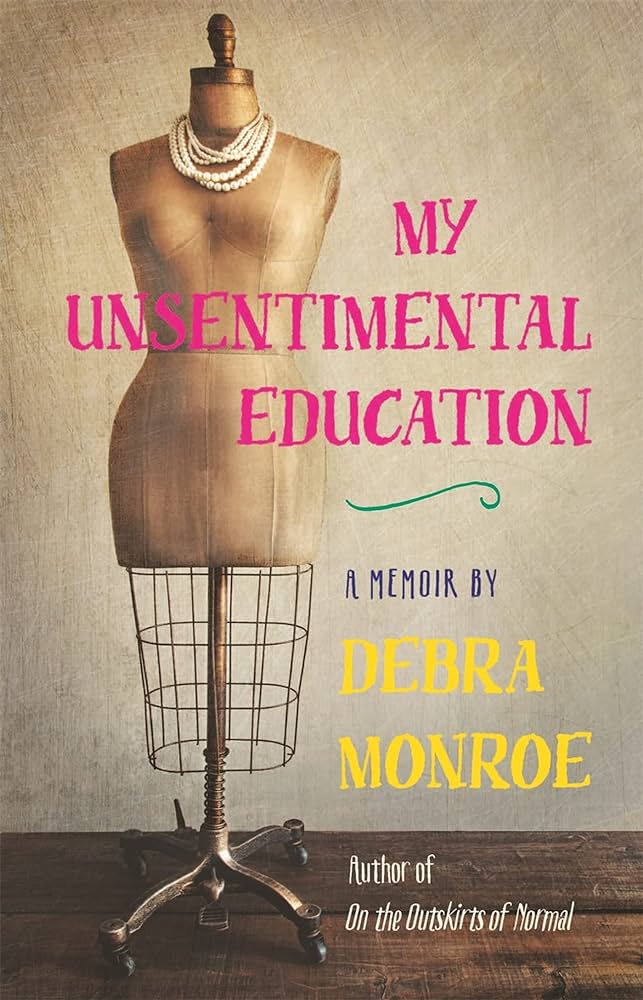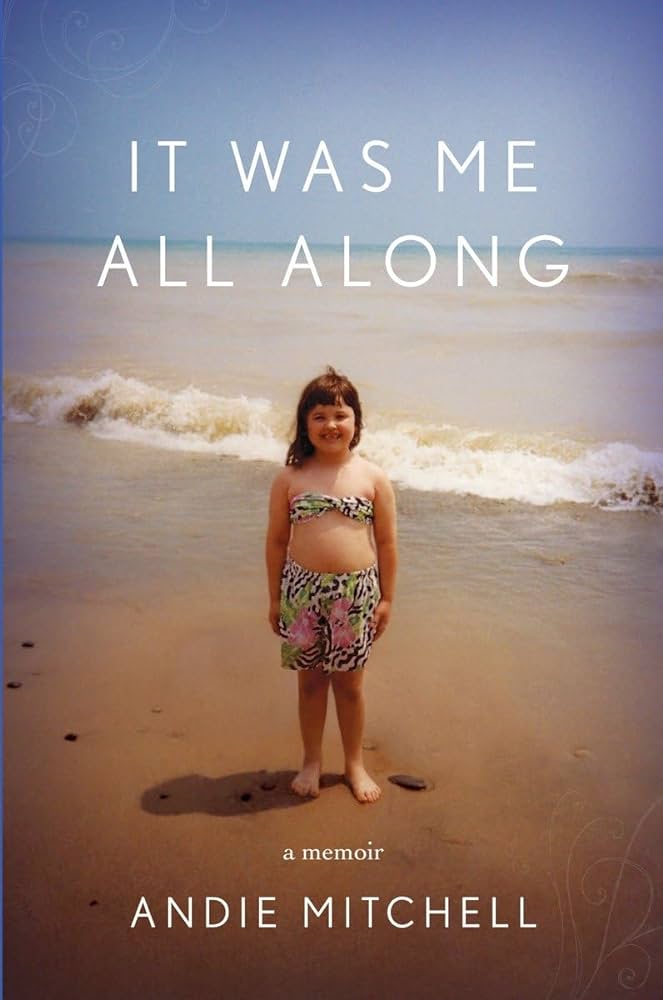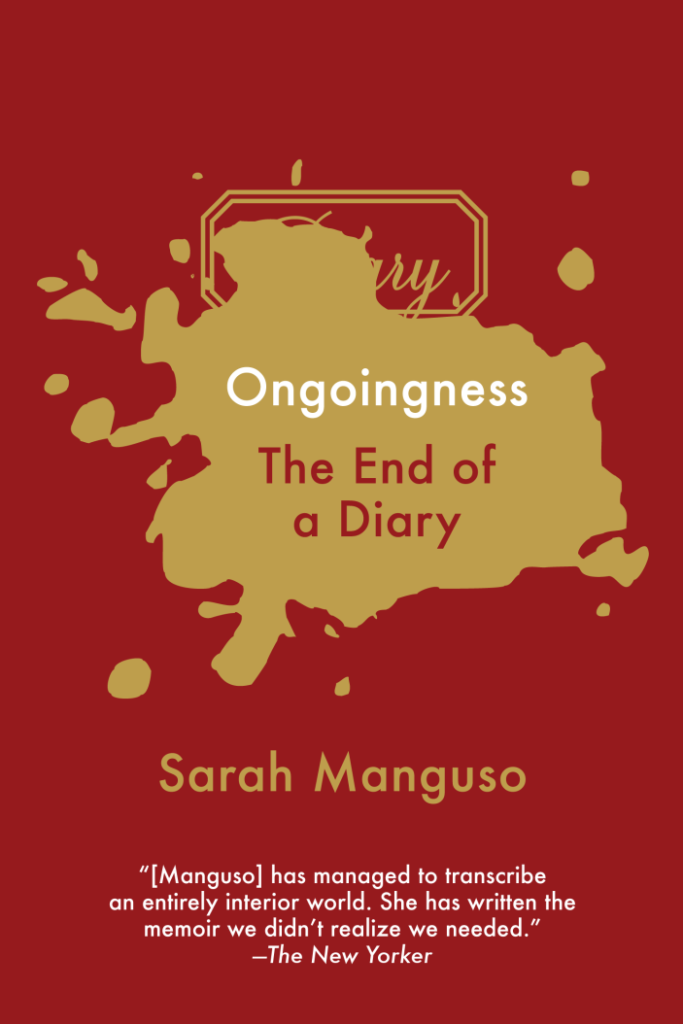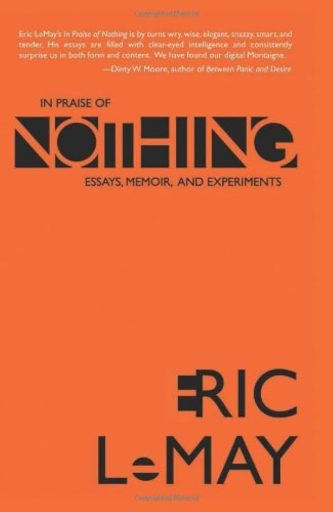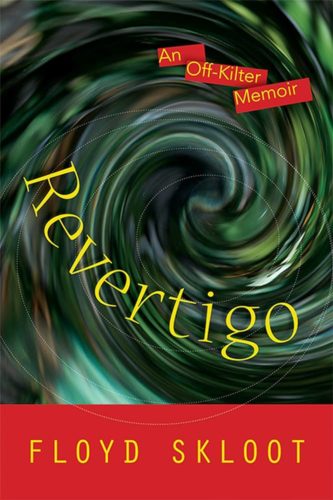By Marcia Meier
A Braided Heart: Essays on Writing and Form by Brenda Miller
Dear Memory: Letters on Writing, Silence, and Grief by Victoria Chang
From Michigan and Milkweed come two new books about writing, personal explorations on self, identity, and nonfiction form. Brenda Miller’s A Braided Heart features lovely meditations on her life and the craft of writing. Victoria Chang’s Dear Memory is a stirring series of letters to her forbears, her children, and her mentors on writing, in tandem with meditations on silence and grief. Chang’s writings accompany collages made from diverse graphic elements: photos, marriage certificates, and other artifacts from her parents and grandparents’ lives in China and in the United States, the textured layout also revealing her reflections as a visual artist.
Miller, a longtime writing teacher and essayist, examines the lyric essay and several of its forms—the braided essay, the short-short, and the hermit crab——while giving readers insight into her own writing process. Miller is a creative writing professor at Western Washington University and the author of four essay collections as well as two books on writing and publishing. Most of these essays appeared in literary magazines and appear here as one in the Writers on Writing series through the University of Michigan Press. These are beautiful works that explain various essay forms and demonstrate the best of them.
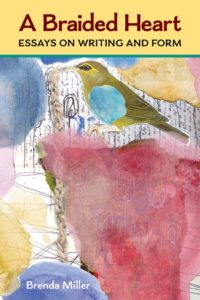 Early in the book, Miller tells the story of her journey to becoming a writer. She wrote a fan letter to a Los Angeles Times journalist as a young girl, quoting Kahlil Gibran and expressing an interest in going to writing school. The journalist’s response, a cruel exhortation not to bother with writing schools because they train “people to write drivel like Kahlil Gibran’s,” discouraged her for many years. Later, she wrote another fan letter to William Styron saying how much she loved his novel, Sophie’s Choice, and that it had affirmed for her that “a writer’s work is necessary and good; that I could now get on with the business of my own writing, no matter how bumbling it might be, no matter how much I might need to practice.” He wrote back and thanked her for writing him. “He did not critique my writing style or make me feel ashamed of my extravagant emotions,” she notes. “He wished me well in my own writing and signed off.”
Early in the book, Miller tells the story of her journey to becoming a writer. She wrote a fan letter to a Los Angeles Times journalist as a young girl, quoting Kahlil Gibran and expressing an interest in going to writing school. The journalist’s response, a cruel exhortation not to bother with writing schools because they train “people to write drivel like Kahlil Gibran’s,” discouraged her for many years. Later, she wrote another fan letter to William Styron saying how much she loved his novel, Sophie’s Choice, and that it had affirmed for her that “a writer’s work is necessary and good; that I could now get on with the business of my own writing, no matter how bumbling it might be, no matter how much I might need to practice.” He wrote back and thanked her for writing him. “He did not critique my writing style or make me feel ashamed of my extravagant emotions,” she notes. “He wished me well in my own writing and signed off.”
For years she kept that postcard—an example of how successful writers can give vulnerable young writers confidence. She says she has since read all of Styron’s books and was especially affected by his memoir on depression, Darkness Visible. “His words had given me more than comfort. As someone who has since struggled with her own depression—and with the negotiation of how much to reveal to an anonymous audience—he showed me it’s okay to be honest, to be vulnerable, to be a human being on the page.”
Miller’s point about honesty and vulnerability is reinforced throughout the essays. Her lyric essays—as opposed to those narrative, descriptive, or persuasive—are built out of poetic language, imagery, metaphor, and reflection.
“The lyric essay is quite an ancient form; it’s nothing new,” she writes. She says Seneca, Bacon, Montaigne, and Sei Sh?nagon, who lived in the tenth century, all wrote what we describe today as lyric. “That is, they did not necessarily follow a linear, narrative line.”
She adds: “The lyric essay doesn’t look too long at itself in the mirror. It is not ‘self-reflective,’ in that it does not really reflect the self who scribbles it down. Rather it is the mirror, the silver film reflecting whatever passes its way.”
In her essay “Durable Goods,” Miller takes something as mundane as a pen and turns it into a meditation on the durability of objects and relationships. She rediscovers a small pen fashioned by her ex-husband and given to her in an act of love, and it becomes the frame of an essay on their marriage and its eventual dissolution. Much like the hermit crab’s shell protects its soft underbelly, the hermit crab essay, a form Miller named and popularized, allows the writer to get at deep, often emotional material by using something outside the self: a to-do list, a menu, a how-to article.
Another example: Miller uses the braiding of a loaf of home-made challah to begin a meditation on the braided essay form. She describes how she learned to braid her boyfriend’s daughters’ hair and discusses the process of musical composition, layering and patterning notes into a moving whole. There is “a sense of weaving about it, of interruption and continuation, like the braiding of bread, or of hair,” she says.
In the book’s last section, Miller contemplates how process and form contribute to the essay as well as to the writer’s understanding of what she is trying to say. She also shows how writing with others or using prompts can open us to discovery and reflection.
While Miller’s book is outward-looking, offering instruction to other writers, Chang’s collection, Dear Memory, is deeply introspective. Chang is the author of five books of poetry, including her most recent, Obit, which was published by Copper Canyon Press in 2020. She has been awarded the PEN/Voelcker Award for poetry and a Guggenheim Fellowship for Creative Arts.
Now director of the MFA program at Antioch University in Los Angeles, Chang writes imagined letters to her grandparents, her now-deceased mother, her debilitated father, her writing teachers, her daughters, and friends—to whom she speaks of her lifelong sense of not belonging, of grief over not knowing her family history, of feeling a starkly dark silence that’s enfolded her entire life. A child of Chinese immigrants, she grew up in America, but knew little of her family’s history and almost nothing of her own parents’ experiences while escaping China in the mid-1960s.
Toward the end of the book, she writes:
Working on these letters and listening to the interviews made me think that grief and memory are related. That memory, trying to remember, is also an act of grieving. In my mother’s case, sometimes forgetting or silence was a way to grieve lost lands and to survive. In my case, trying to know someone else’s memories, even if it’s through imagination and within silence is also a form of grieving.
As I began to write, though, my own memories started to return, and I began to trace in language some of my own painful childhood experiences, which I had always kept hidden. I realized I had to tell my stories in order to reflect on theirs because, while I had always thought our stories were separate, they were actually intimately connected.
Throughout the book, Chang asks questions and offers answers that often aren’t answers at all but, rather, piercing insights. In a letter to one of her writing teachers, she says,
Years later, I wrote you an email telling you that I became a writer because of you, because of your class. I wrote that you probably didn’t remember me. You wrote back saying that you did remember me, that you always knew there was something burning beneath. I didn’t even care if you were lying. You were right. Poets live between a fire and a great fire.
In a letter to her ailing father, she writes: “Father, I am ashamed by how much I yearn. Father, I grieve in acres. This land is a façade for the land I really come from. There are lands behind lands.” And: “When I grieve for Mother, I think I am also grieving for my history. I want to fly perfectly above my history like geese. I want to watch the cities pass as I go from one to another. But all the people have no faces. My eyes are deciduous.” In Dear Memory, the poet in Chang becomes a lyric essayist like Miller.
Miller writes that Styron taught her that “it’s okay to be honest, to be vulnerable, to be a human being on the page.” Chang’s book shows us in eloquent and delicious language what that looks like.
University of Michigan Press
$24.95 Paperback | Buy Now
Milkweed Editions
$25.00 Hardcover | Buy Now
Marcia Meier is a book editor, writing coach, and the author of the award-winning Face: A Memoir, published by Saddle Road Press in January 2021.


